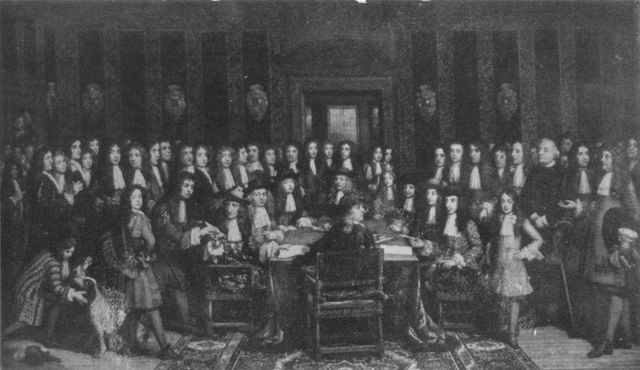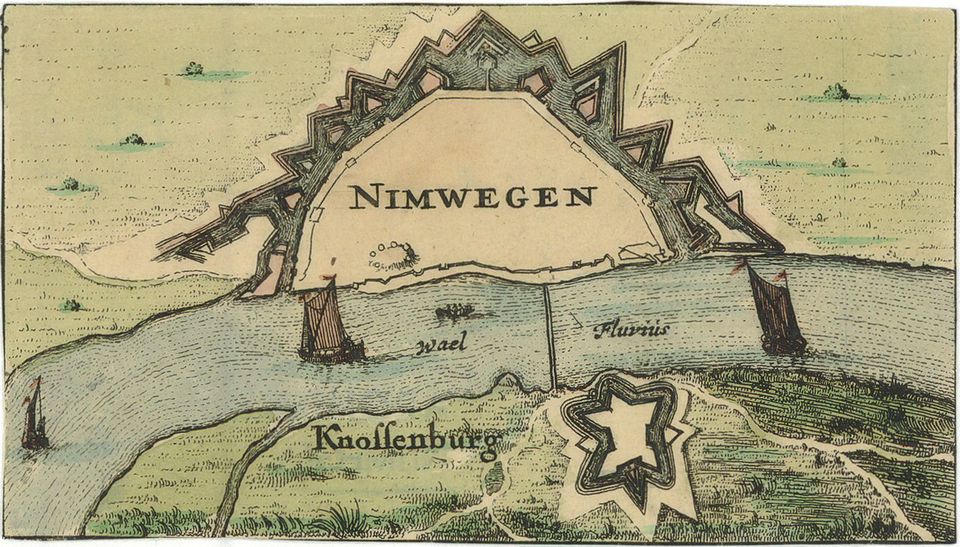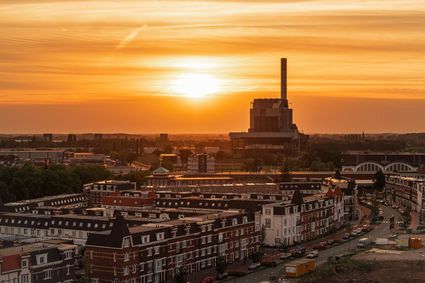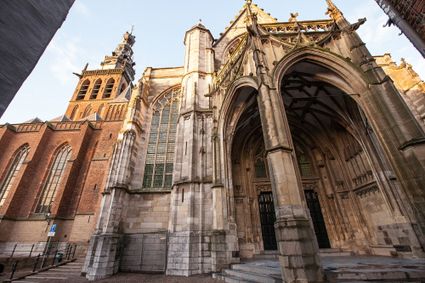The Treaties of Nijmegen, the centre of Europe for a short time
Nijmegen is bursting at the seams with historical stories, ranging from leading figures to ordinary people, from neighbourhoods to political events. The Canon of Nijmegen encompasses the most important stories about Nijmegen’s history. One of these stories tells the tale of the Treaties of Nijmegen, the negotiations that ended a years-long struggle between the Dutch Republic, France, Spain, and their allies.
1672-1676: disastrous years of occupation
1672 was a disastrous year for Nijmegen. French troops occupied large parts of the Eastern Netherlands, including Nijmegen, as part of a war. The French stayed in Nijmegen for two years, after which the war dragged on in other places, until peace negotiations began in 1676, in the centrally located Nijmegen.
1678-1679: The Treaties of Peace of Nijmegen
The Treaties of Nijmegen ended years of struggle between the Dutch Republic, France, Spain, and their allies. Initially, the Dutch Republic seemed to be the losers of the conflict. However, tides changed for the better after the French king Louis XIV failed to break through the Dutch Waterline and admiral Michiel de Ruyter managed to defeat England, France’s ally. When the English king made peace with the Dutch Republic in the February of 1674, Louis understood that his plans of conquest had failed. Then the tug-of-war over where the peace conference should take place began. After Cologne was deemed unsafe and London, Breda, and Kleve were dropped as candidates, Nijmegen was chosen as a compromise.
 The Treaties of Peace of Nijmegen between France and Spain. Painting by B. Vaillant, possible depiction of City Hall. Date 1678.
The Treaties of Peace of Nijmegen between France and Spain. Painting by B. Vaillant, possible depiction of City Hall. Date 1678.
Pomp and circumstance in the city
In mid-1676, the many representatives “of the Emperor, Kings, Republics, Princes, and Potentates” arrived in Nijmegen, amazing the people. The papal envoy, dressed in a purple robe with a diamond pectoral cross, arrived in the city with three carriages pulled by six horses and a processions of footmen. The next highlight was the arrival of the French envoy: the ambassadors wore magnificent, expensive costumes, sat in gorgeous carriages that were each drawn by six horses, and had an entourage of sixty heavily laden wagons.
In addition to those impressive numbers, fifty mediators arrived with their families and staff, taking up residence in the most distinguished houses in the city. The Dutch ambassadors stayed on Doddendaal, the French in the Burchtstraat, the Spanish in the Houtstraat, the English in the Begijnenstraat, and the Swedes in the Lange Hezelstraat. The city must’ve looked gorgeous during the negotiations, because the facades of the houses where the diplomats stayed were decorated with royal coats of arms and the blazon of the envoy.
Agreements and negotiations
Before any negotiations could take place, rules regarding titles and forms of address had to be established, because a diplomat’s rank indicated the basis on which he wished to negotiate with his opponents. The negotiations began shortly afterwards, sometimes lasting through the night, until a peace treaty between the Dutch Republic and France could be signed on August 11th, 1678. Treaties between other countries followed in the months afterwards. Many prints, paintings, and coins are dedicated to the Treaties of Nijmegen, but barely refer to the city. At most, the Trêveszaal of the town hall is present. The city arms, the city, or the silhouette of Nijmegen are visible solely on Dutch coins relating to the Treaties.
Immerse yourself in the rich history of the oldest city in the Netherlands, because Nijmegen has a lot of stories to tell you. Curious? You can read all about it in this historical timeline.



